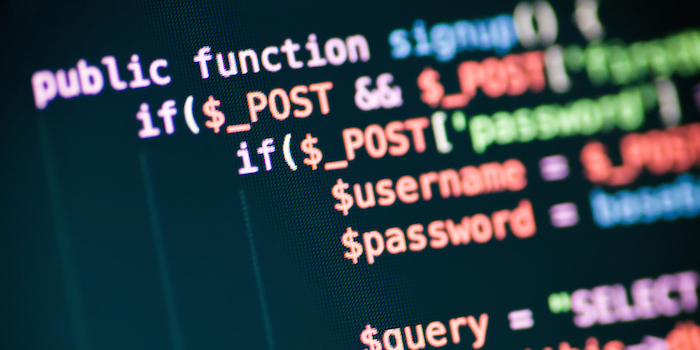Students in the USA or even in other countries took a loan from a bank or debt from someone for their education. It is normal and necessary also to complete their studies. But it is important to start a plan to repay the loan, wherever we are, whether in school or in college. There are manageable ways to pay off your student loans more efficiently and ensure you are getting the most out of each payment.
Here I am trying to mention some of the best ways, but let’s set some expectations first. There is no magical tick here that will clear your debt in thirty days or overnight. It will obviously take time, you just need to stay motivated and keep doing hard work.
There are many ways and strategies to pay debt.

1. Make extra payments the right way
We need to make extra payments on our loans in order to loan more quickly when we are paying extra payments directly on the principal. At that moment we are lowering the amount that we pay interest on. It is a straightforward process and helps in paying off debt more quickly.
If your bank takes extra payment and applies it to interest then you can work around this by paying extra payments at the same time that makes your monthly payment. Some banks will charge you a fee if you make an extra payment on loan each month. You can avoid the fee. If you add your additional payment amounts to your monthly payment.
2. Make biweekly payments
Biweekly is a good option to consider, and it’s also the most popular option in the US. It is the most common option for a business pay period in the US. Biweekly pay means that you pay your employees once every two weeks. Biweekly can be helpful if most of your employees are hourly workers.
On a weekly payroll calendar, employees receive twenty-six paychecks a year, twenty-seven in a leap year. This is one of the most common types of pay periods employers use due to its convenience.
3. Stick to the standard repayment plan
To repay a student loan, a standard repayment plan is a basic plan. When someone starts repayment, then you are automatically involved in the plan until and unless you choose something else. If standard payments are expensive then you may be able to lower your monthly bills with extended repayment.
Payments under standard repayments are larger than other plans that extend your repayment term. Using the standard repayment one can finish repayment fastest and pay the least interest. In the standard repayment plan you have to pay the least interest and get out of student loan debt the fastest with the standard ten-year repayment plan.
4. Enroll in autopay
One can enroll in autopay through an online account, if somebody has multiple cards then one wants to enroll in autopay from the list. In autopay only basic card members can enroll and corporate card accounts are not eligible. It is the most convenient way to ensure your bill is paid in time, every time.
Enrolling online is one of the quickest and easiest methods because all information is stored already in century links. In the century link there is no need to find and enter your account number. Autopay will avoid any late fees and free you from having to remember when to pay. Auto payments can be used to pay different types of bills. For example, somebody may be able to use automatic bill payments to pay your:
- Utility bill
- Students loan payments
- Auto loan payments
- Always keep in mind that some billers may not allow for auto payments. Auto payments depend on customers how they want to pay. It can be processed in one or two ways.
5. Use ‘Found’ money
Found money is a kind of an amount of money which can be obtained easily and unexpectedly.
6. Refinance if you have good credit and a steady job
Refinance is a kind of system in which replacement of an existing debt obligation is made with another debt obligation under different terms. It is a kind of process in which replacing and revising a subsisting credit dispute. Student loan is ordinarily used to consolidate multiple loans into one payment.
Each type of loan has different kinds of interest rates. Refinancing lenders often require a percentage of the total loan amount as beforehand payments. If replacement of the debt occurs under financial grief, refinancing might be referred to as debt reorienting.
7. Pay off capitalized interest
Student loans, interest starts to accumulate on your loan in the correct way. Student loans are hard enough to deal with, one doesn’t have to pay more than one utterly must. When interest on your federal student loan is not paid as it emanates, your lenders may capitalize the unpaid interest. This increases the fabulous principal amount due on the loan.
8. Make additional payments
If you can afford it, make larger payments to cut the principal more quickly and reduce the total payoff time. By reducing the principal balance, you’re minimizing the duration of the loan period and the interest accrued. Another strategy is to add payments, sending in checks every two weeks rather than monthly.
9. Establish a college repayment fund
If you’re not sure how much more you can devote to your student loans every month, set up automatic transfers to a separate savings account specifically for college debt. Setting up an account specifically for your student loan repayment funds can be a great way to compartmentalize your finances or control out-of-budget spending.
10. Start early with a part-time job in college
Getting a part-time job while attending college is one way to keep college debt in check, because you can use those earnings to get a head start on paying down your balance. If you’re still able to properly manage your coursework, a part-time job is a great way to earn enough money for a student loan savings account while learning time-management skills.






